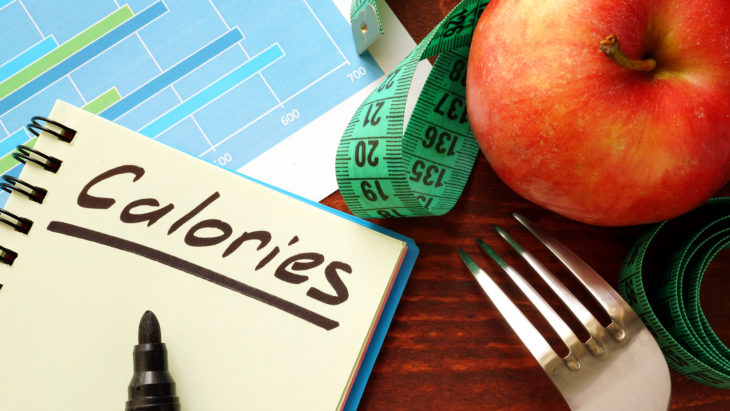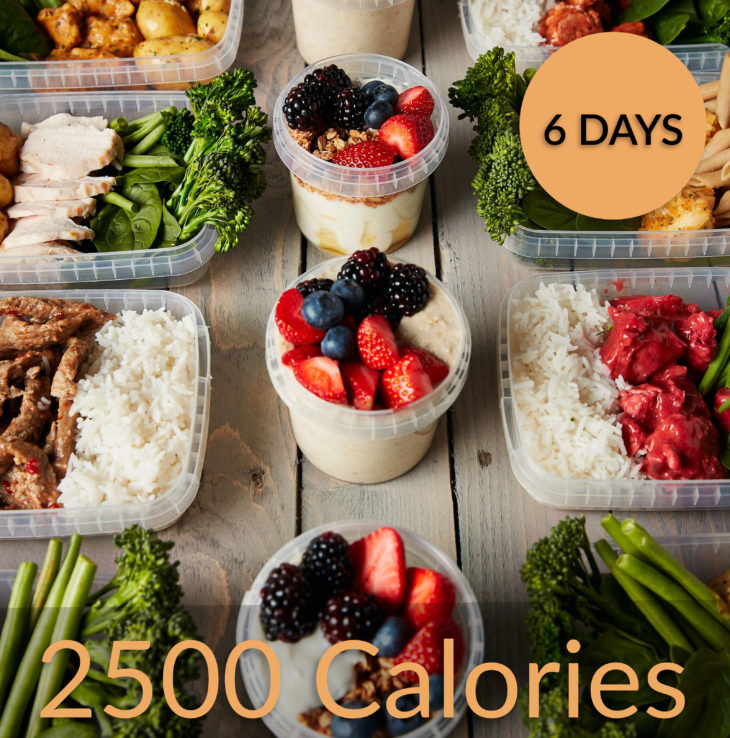How many calories should you consume every day according to your gender, weight, age and physical level activity? These are the questions everyone should ask before starting a diet. This article will provide some insights into these questions, although it is always advisable to talk to a doctor or nutritionist to design a good plan.
But first, what is a calorie? It’s very simple; a calorie is a unit of energy. In the case of nutrition, the calorie measures energy people acquire by the food or drinks they consume, and the energy expended in a different kind of physical activity.
To start a food program plan with the correct consumption of calories, first, it is necessary to calculate how many calories are recommended daily according to your basal metabolism. It is possible to access this information through a calorie calculator, where you input information like gender, weight, age, and physical activity level to determine what is your ideal calorie consumption per day.
In this article, you can find some examples of calories plans but it is important to remember that there are a diversity of options appropriate for to losing, to maintaining or gaining weight. You should experiment and find the system that works best for you.

1000 Calorie per day plan
The 1000 calorie/day program is a food plan designed to lose weight in a short time. Consuming such a low level of energy makes it possible to lose between 1 or 2 kilograms every week. This is a diet with some severe restrictions, but with a healthy nutrition program and the correct menu, it is possible to guarantee the nutritional input your body needs.
It is recommended as a plan for a fixed period. You aren’t required to give up your favorite meals, just focus your eating around conscious consumption. While it is surprising how long the human body can go with little or no food, it’s a good idea to talk to a doctor before starting a diet that reduces calories this much. The average standard calorie requirements for most people fall within the 2000-2500 calorie range.
A tip that permits you to control the meals consumed every day is to split the calories consumed into some small meals:
Breakfast: 300 Calories
Snack: 100 Calories
Lunch: 300 calories
Snack: 100 calories
Dinner: 200 calories
This allows you to eat some of your favorite foods during the day while controlling the number of calories consumed.
1300 Calorie per day plan
Similar to the 1000 calories plan, the 1300 calories program allows you to lose weight in a short time period, possibly up to 4 kilograms per month.
The goal is to stay under 1300 calories by day. One good way of doing this diet is to follow a typical Mediterranean diet.
Some recommendations to follow in carrying out this diet correctly are:
- To have five meals by day.
- To drink two liters of water per day.
- To avoid sugary soft drinks and alcoholic drinks.
- To eat only small amounts of bread.
- To consume low-fat foods.
- To eat baked, cooked or grilled foods.
2500 Calorie per day plan
In comparison to the 1000 and 1300 calorie plans that are hypocaloric diets, the 2500 calorie plan is a hypercaloric diet. This kind of program is advisable to people who want to gain weight, such as athletes that are looking for improved performance. Note that 2500 is just the start for this kind of diets – someone training intensively might want to consume higher levels of calories.
This kind of program is based on food rich in energy, which permits to the body spend that energy in daily activities. If it is not consumed, this energy will accumulate in different parts of the body, increasing weight. With this diet, it is important to find a balance between the principal food groups and therefore avoid excesses.

Img source: macrobaseddiner.co.uk
The 2500 calories program consists of a combination of carbohydrate, proteins, fats, vitamins, and minerals. It’s advised to balance the diet in the following way:
Carbohydrates: Between 50% and 55%.
Fats: Between 30% and 35%
Proteins: Between 10% and 15%
Also, there are differences of websites where people can find help organizing meal plans according to the calories they need. For example, the website Healthee Kitchen helps create a personalized food plan according to your own needs and preferences.
Finally, here are some other tips to take in mind in creating a food plan:
- The food with a higher number of calories should be consumed for breakfast and lunch, while, dinner should be smaller. Dinner shouldn’t be smaller than snacks, however.
- It’s important to verify the nutritional information of food that is consumed. That allows you to you know the number of calories consumed about the weight of food consumed.
- Using a digital kitchen scale allows you to know how many grams of fruits and vegetables you are consuming, so you can avoid exceeding the number of daily calories.
- Some national governments, like Canada’s, provide nutritional information on a variety of foods. On its official website, there are nutritional tables which you can use to help make diet plans.
